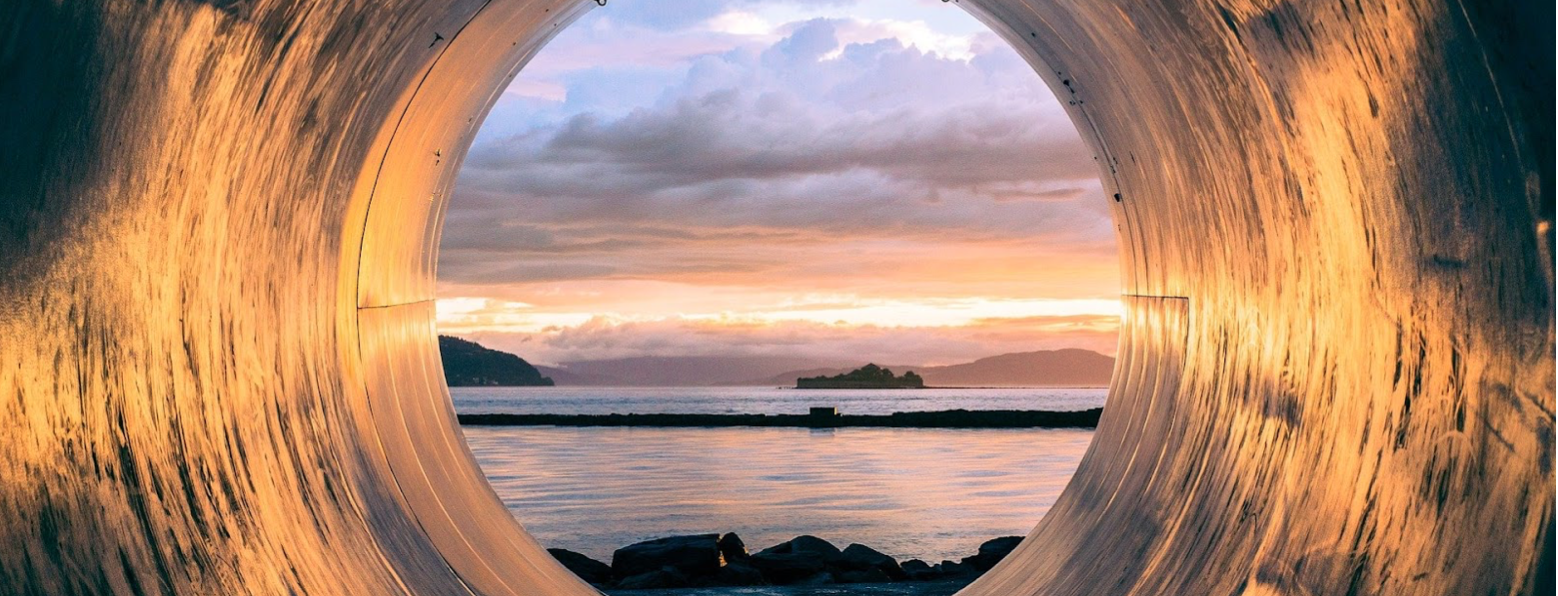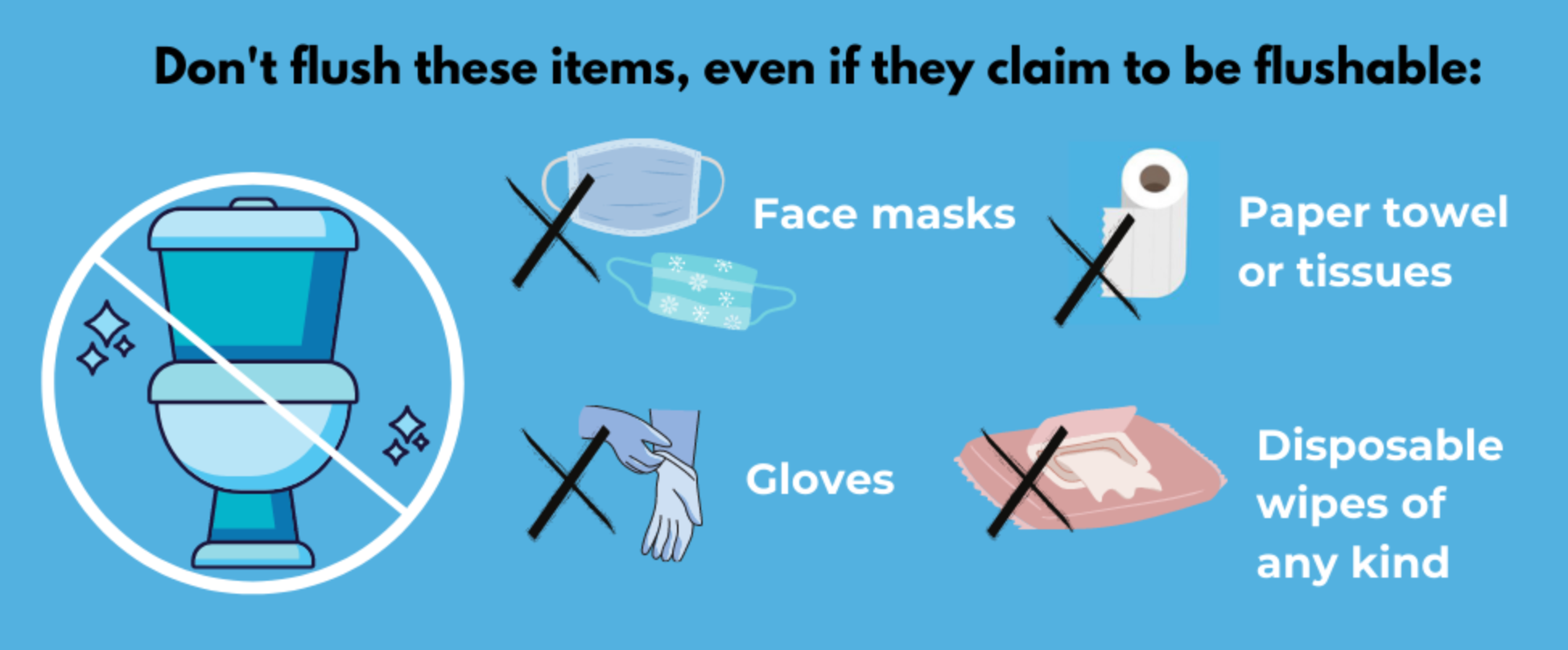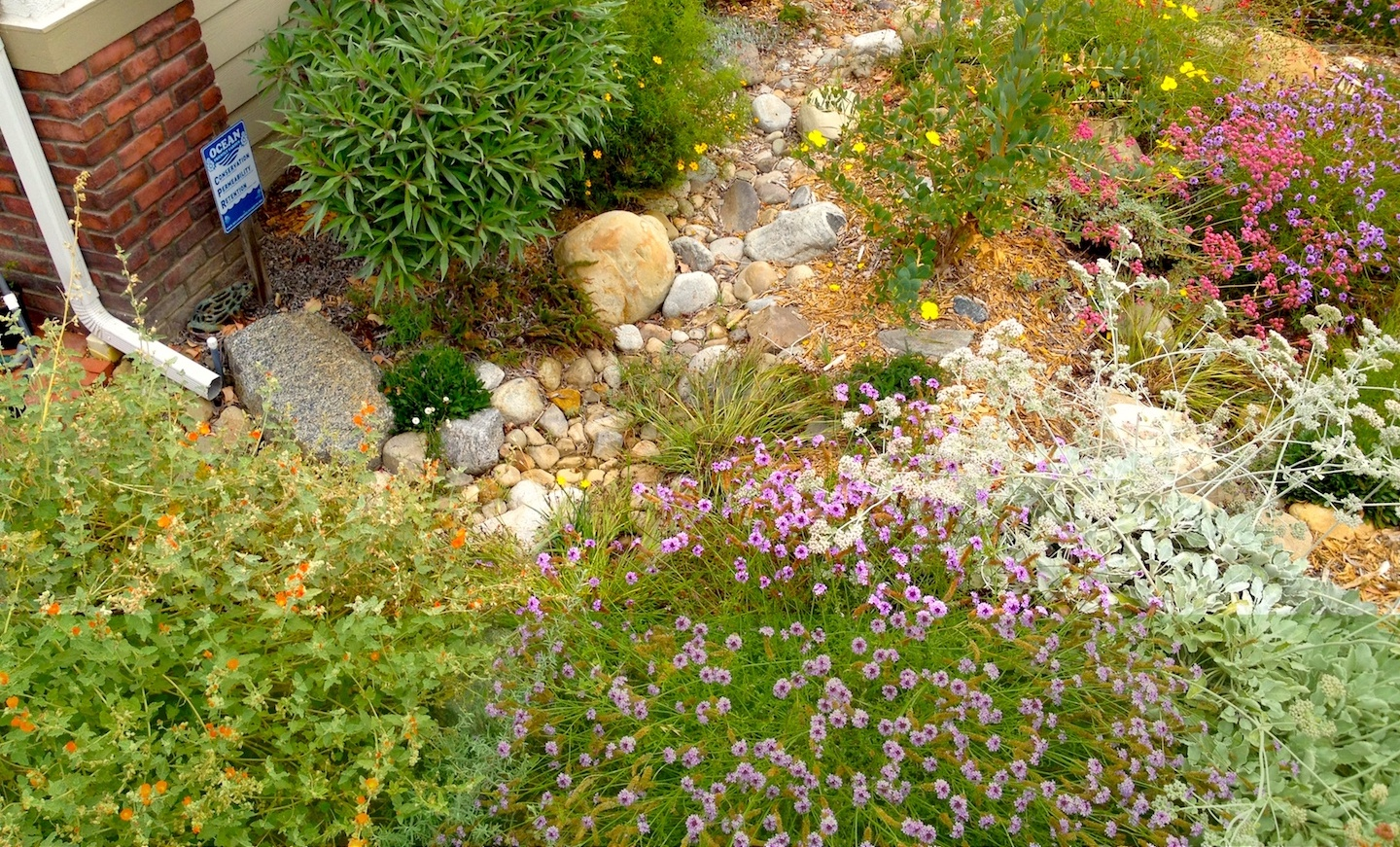
Over 100 million visitors flock to U.S. beaches every year to enjoy the sand, sunshine and water. Despite how much we cherish our beaches, coastal water quality continues to be threatened by discharges of stormwater and sewage. Years, decades even, of neglect, have left America’s wastewater infrastructure in disrepair, outdated and failing. As a result, sewage spills and infrastructure failures release approximately 900 billion gallons of under-treated sewage into surface waters every year.
Sewage can contain bacteria, viruses & parasites that make people sick with gastro-intestinal symptoms, rashes, skin and eye infections, flu-like symptoms, and worse. Sewage discharges also pollute waterways with excess nutrients that fuel harmful algal blooms that endanger public health, threaten local economies and wreak havoc on coastal ecosystems. Fortunately, there are actions we can all take to reduce sewage pollution in our communities.
Personal Actions to Reduce Sewage Pollution
Regardless of the type of sewage infrastructure (cesspools, septics, sewers) that services your community, there are many actions we can all take to better care of our wastewater systems and prevent sewage from reaching the beach.
Only flush the three P’s
Anything outside of the three P’s (“pee, poop and toilet paper”) can cause clogs and blockages in septic tanks and sewers alike, which prevent the normal flow and treatment of wastewater and result in sewage backing up into streets, yards and even your bathroom. Since the onset of the COVID-19 pandemic wipes (even those marked “flushable”) and personal protective equipment, like masks and gloves, have been causing all sorts of problems with clogged pipes and wastewater treatment malfunctions. Use the trash can instead.
Cleaning agents and products and other chemicals should not be poured down the drain either. They can interfere with wastewater treatment processes, clog pipes and pollute the environment and even our drinking water. Try more natural cleaning products instead and dispose of all chemicals and hazardous materials according to local regulations.

durham.ca/ThinkBeforeYouFlush/#DurhamWater
Don’t pour cooking grease or oils down the drain.
Fat and grease can build up and cause blockages that lead to the same outcome described above: sewage backing up into streets, yards and homes. Instead collect cooking grease in a container, let it cool and throw it in the trash.
Conserve water inside your home.
Many sewage failures occur because too much water is flowing into the wastewater system. When too much water enters a septic tank, sewer, or cesspool, its capacity can be exceeded and overflow, which introduces harmful bacteria, viruses, and excess nitrogen into groundwater and surface waters - and even onto your lawn! To conserve water in your home to reduce the amount of wastewater you send down the drain, check for leaking faucets and toilets (how to do that here), and consider installing water-conserving plumbing fixtures. More water conservation tips can be found here.
Soak up the rain and reduce runoff.
In our increasingly urbanized communities, rain is unable to soak into the ground and instead runs off of paved, impermeable surfaces, causing flooded conditions and washing pollutants from our landscape into our local waterways. In sewered communities, stormwater can easily overwhelm sewer systems and treatment plants, causing discharges of under- or untreated wastewater into surface waterways or directly into the ocean. Combined sewer systems are actually designed to do this, in discharges called combined sewer overflows, which makes reducing runoff even more important.
You can help reduce runoff by directing roof downspouts into a rain barrel or vegetated area, skipping irrigation and replacing water-thirsty lawns with native plants, and adding mulch to your landscaping to help soak up more rain and retain moisture. Even better, convert your yard to an Ocean Friendly Garden. See more tips here.

Practice good septic and cesspool care.
While the majority of US cities and communities do use centralized systems where sewage is collected in sewers and transported to a central treatment plant before being released back into the environment, nearly 20% of American households rely on decentralized, individual wastewater systems like septic tanks or cesspools. These systems are most often used in rural areas, and are not uncommon along the coast.
- Inspect and pump your septic tanks and cesspools regularly. This is usually recommended every 3-5 years, depending on the amount of use and soil type in your area.
- Don’t use septic additives. They actually make septic systems less effective in treating wastewater. Learn more here.
- Upgrade to an advanced treatment system. The best step cesspool users can take is to convert to a more effective treatment system. Advanced septic systems treat wastewater more effectively than conventional septics and reduce nitrogen pollution by nearly 90%. There are a number of financial incentives, to aid homeowners and communities in upgrading from cesspools or conventional septic to more advanced systems. For example, residents of Suffolk County, NY are eligible to receive $30,000 to offset the costs of upgrading their system. Check with your state or local health department’s wastewater branch to see if you qualify for any incentive programs in your area.
Policy Actions We Can All Take
If you’re ready to take action on a larger scale, there are many ways to use your voice to influence better wastewater policy at the local, state and federal levels.
- Contact your elected officials. Congress determines the budgets for a number of federal agencies that provide funding for wastewater infrastructure improvement projects, like the EPA’s Clean Water State Revolving Fund. Use your voice to advocate for more wastewater infrastructure funding by contacting your members of Congress here.
- Advocate for wastewater recycling and reuse programs in your community. Depending on the amount of treatment, wastewater can be reused as reclaimed water for irrigation and other non-potable uses, or even recycled as high-quality drinking water that not only meets but exceeds drinking water standards. Learn more here.
- Support local green stormwater infrastructure projects. Green infrastructure employs strategies to allow rain to soak into the ground instead of becoming runoff. This protects local waterways from both polluted runoff as well as sewage overflows caused by stormwater. Rain gardens, permeable pavement and green roofs are all good examples of green infrastructure. (Discover more here.) Take action in your own yard and install an Ocean Friendly Garden, or talk to your local elected officials about implementing more green stormwater infrastructure in your community.
For more on wastewater infrastructure and sewage pollution, check out our Beachapedia primer, and get involved in Surfrider’s effort to #StopSewagePollution here.
This blog post is the sixth in a series that explains how wastewater systems can fail and pollute our coastal watersheds. For more background, check out the rest of the series: Part 1: Cesspools, Part 2: Sewer Spills & Failures, Part 3: Septic Systems, Part 4: Combined Sewer Overages (CSOs), and Part 5: Climate Change Impacts on Infrastructure.

